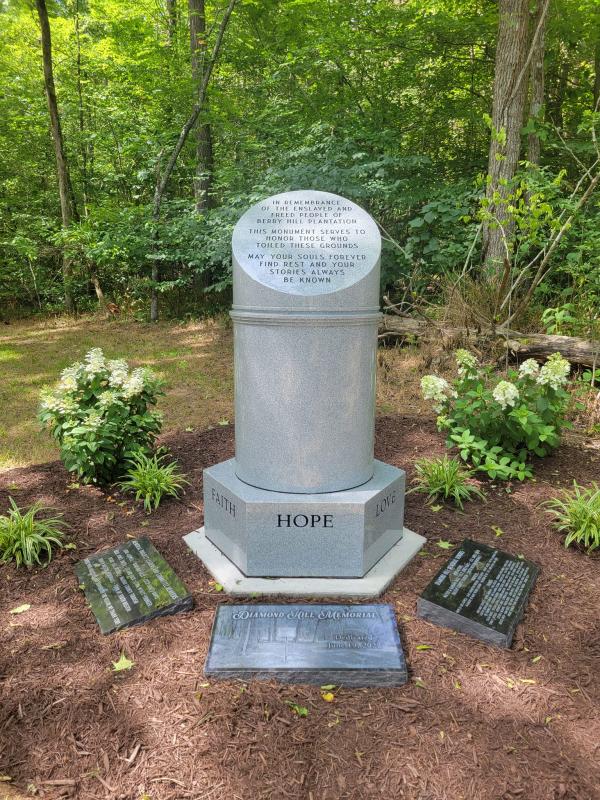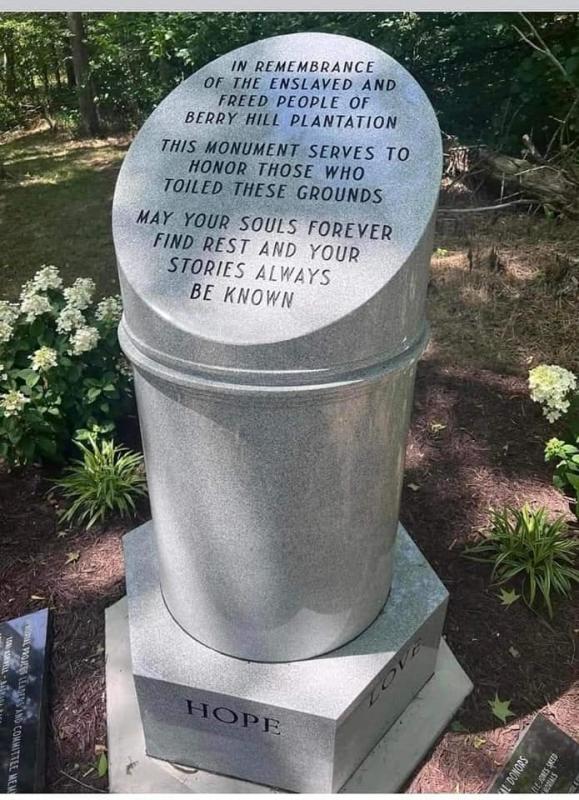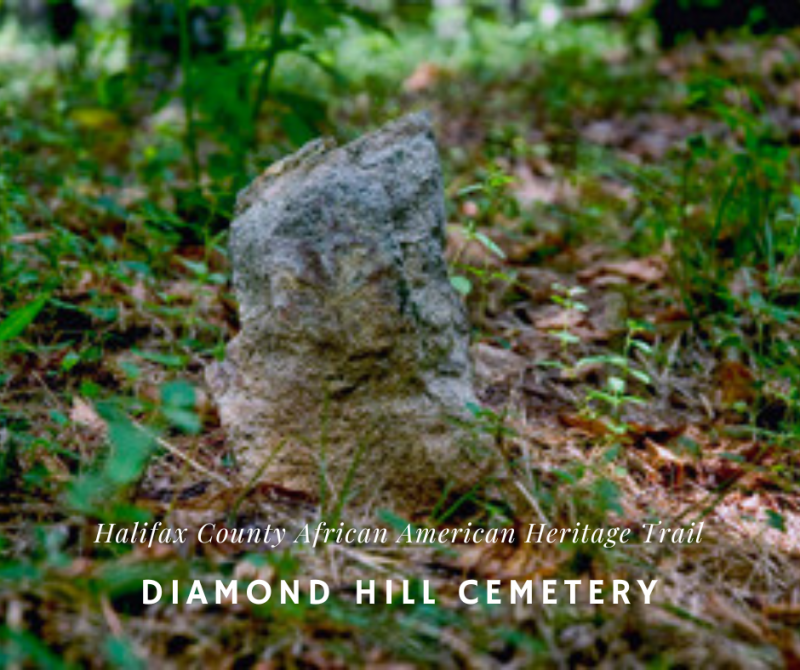Diamond Hill Cemetery
Description
The History of Diamond Hill Cemetery: Throughout the state of Virginia, one can discover scattered burial sites that serve as reminders of the enslaved individuals who were an integral part of the Commonwealth’s history. Among these sites is Berry Hill, a former tobacco plantation that once stood as one of the largest and most productive in the south. Even to this day, a mere glimpse at the mansion and its surrounding grounds evokes consideration about the immense labor required to maintain such a property. Historical accounts indicate that the Bruce family, who owned Berry Hill, held ownership of more than several hundred slaves. Upon their passing, the enslaved would find their final resting place on the side of a wooded hill located at the southern end of the estate, forming what is now known as Diamond Hill.
While the exact number of individuals interred at Diamond Hill remains uncertain, there are more than 200 marked graves with headstone or footstone indicators present at the site. It is believed that the cemetery contains the remains of at least 300 individuals, encompassing both enslaved people and those who gained their freedom following the Civil War. In terms of scale, this burial ground stands as one of the largest known enslaved burial sites within the state of Virginia. It is worth noting that due to their enslaved status, the individuals laid to rest at Diamond Hill did not have the means to purchase traditional headstones made of granite or marble. Instead, their graves are marked by unadorned fieldstones found on the property, devoid of any inscriptions. While it is conceivable that some of these stones may have once borne carvings that have since weathered away, it is important to recognize the enslaved would have taken great risks in openly displaying their literacy or ability to write through such carvings. These modest grave markers sharply contrast with the elaborate headstones found at the Bruce family’s cemetery, located next to the mansion. Even in death, the segregation experienced by the enslaved persisted.
It is said that Diamond Hill Cemetery derived its name from the shimmering appearance of the headstones after rainfall, as they sparkled like diamonds in the sunlight. Geographically, Diamond Hill is a relatively secluded location, situated at the southern edge of the property near the Dan River. The cemetery can be reached through two possible routes. The shorter path involves following a walking trail from Berry Hill, spanning roughly a mile from a parking lot located before the hotel and dining area. After passing by a barn and crossing a creek, walkers should follow the trail to the right toward the Dan River. Alternatively, visitors can opt to use the Tobacco Heritage Trail from the parking lot on Railroad Avenue. After approximately two miles on the trail, hikers will see a sign marking Diamond Hill on the right.
In 2022, a monument was erected at the entrance of Diamond Hill, serving as a tribute to the individuals interred in these hallowed grounds.















